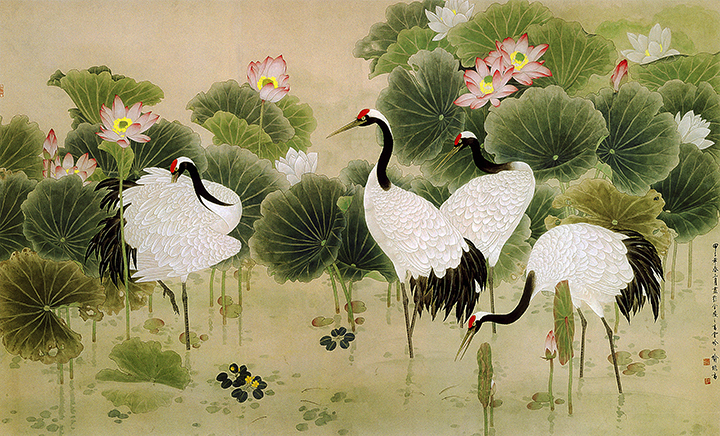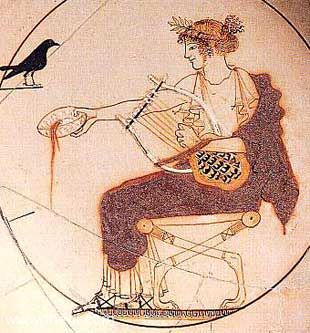
Houses talk to me. Yes I have both oars in the water and I’m playing with a full deck. The houses that I Feng Shui end up communicating with me. It’s sort of like being a “house whisperer.” Some houses become quite chatty and others get downright nasty.
Last month in Scottsdale I met a house that was a real screamer.
Everything, it seemed, was grouped into “three’s.” Three pillows on the couch; three paintings over the fireplace; three cookie jars in the kitchen; three candles on the table etc.
When I asked the owner if she was in a triangle relationship she looked at me like I was a carnival side-show freak but finally admitted she was in love with two people at the same time.
I reminded her of a few examples in literature; The Phantom of the Opera, Wuthering Heights, and who could ever forget Sex in the City when Carrie Bradshaw was in love with Big and Aidan (I never did figure out who to root for in that one). Books and movies feature love triangles because lots of us can relate to having feelings for two different people at the same time. But is it actually possible to love two people at once?
“The answer is a resounding yes,” says Debra Silverman, a psychotherapist for over 35 years in Boulder, Colorado. “Of course we can love two people at the same time. Love is not jealous, humans are.”
I agree and here’s my stab: humans will always push boundaries, explore, and devise new ways to connect with each other emotionally and sexually. And because we are complex beings it is possible that two people can appeal to us as we grow and develop. Naturally we might be drawn to people who complement different aspects of who we are.
It’s possible to love two people at once because you can love them in different ways. Each relationship between two people is absolutely unique. There’s no way to love anyone the same. You love each person differently because of who they are and the uniqueness that they draw out in you.
Physical touch is not required because we fall in love with their courage, intelligence, passion, sincerity and the ability to move and be moved by subtleties of the mind and spirit. They remind us of every good day we’ve ever had. Every summer spent in grass. Every sunrise. Every sunset. They feel like home. And when they speak, it’s like someone slowing plucking the stings of a guitar, a sadly beautiful song, all their own.
Relationships are always a spiritual practice because love has a part to play in the destiny of every soul. There is a path at the heart of each love connection; each has its own karmic blueprint. God or the universe or whatever one chooses to label the great systems of balance and order does not recognize Earth-time.
To the universe, four days is no different than four billion light years.
Love is measured in its effects, how it transformed you, not how long it lasted. Sometimes the longest connections yield very little growth, while the briefest of encounters have the ability to change your life.
Real connections never die; they may go to a secret place, stay there warm and all curled up. They can be buried or ignored or walked away from but never broken. If you’ve deeply resonated with another person, the connection remains despite any distance, time, situation, lack of presence, or circumstance. Real connections live on because they live inside of us.
But this concept may or may not be the raison d’etre for all couples. When I asked my husband he said, “Sure, you can love two people at the same time, anything is possible.” His response makes me think… I may want to listen to my own house.
[Tweet “Is It Possible to Love Two People at Once?”]
 Healing is a sacred art. Most ancient texts describe it as a divine process in which healing the body first requires the healing of our spirit. The Hippocratic oath which is recognized as having genuinely originated with
Healing is a sacred art. Most ancient texts describe it as a divine process in which healing the body first requires the healing of our spirit. The Hippocratic oath which is recognized as having genuinely originated with 